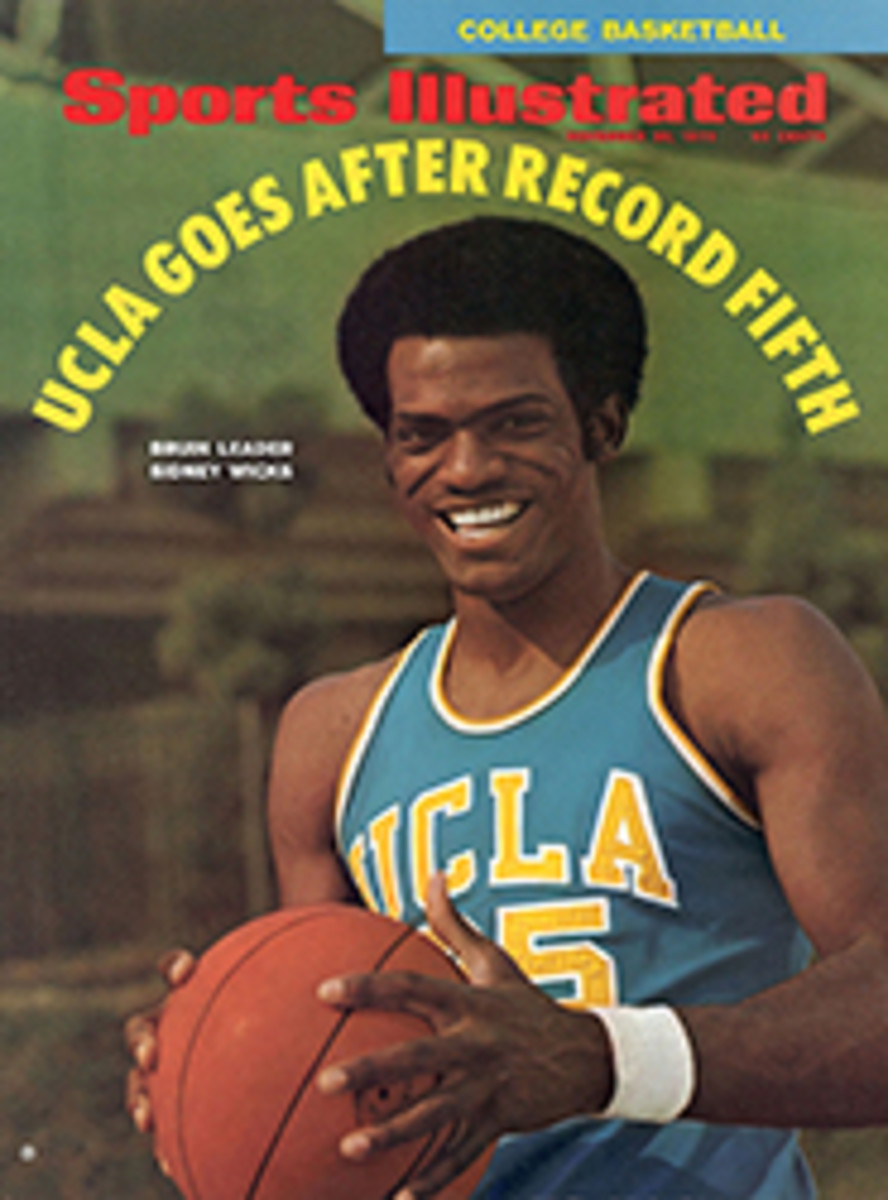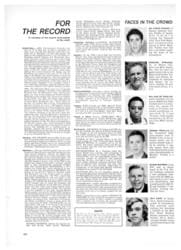
Mere alcohol doesn't thrill them at all
The group of sporting artifacts in the picture at left—golf bag, soccer shoe, pétanque balls, antique cars, fisherman, quail, trout, horses—is a random selection from several hundred ceramic bottles owned by Leslie and Connie Avery of Berkeley, Calif. The bottles are filled with bourbon, Scotch and what the trade calls "specialty cordials"—cr√®me de menthe, blackberry liqueur, cr√®me de cacao. And the name of the game is bottle collecting.
Everybody knows that Americans have a mania for collecting things. Don Gilletti, the man with the keen, dedicated look at right, started his collection three years ago. One thousand or so bottles later the fever has really got him: he recently paid $1,700 for a rare specimen to complete his Jim Beam set. The Gilletti collection is now insured for $50,000.
Distilleries like Jim Beam and Ezra Brooks began to package their product in ceramic bottles chiefly in an effort to get people to drink the contents. But somewhere along the line the order of priorities got reversed—so much so that a company called Grenadier is now in business primarily to serve "the Connoisseur Collector with the finest examples of porcelain soldier figurines available anywhere in the United States." These works of art are filled with California cream sherry, as if anybody cared.
Collector bottles are produced in limited editions—sometimes 30,000 bottles, occasionally a mere hundred or so—and then the mold is broken. The bottle that completed Don Gilletti's Beam collection (shown at his right) is certainly not much to look at. But this special decanter was one of an issue of 117 made for the directors and top executives of the First National Bank in Chicago. Its scarcity explains its high resale value. The experts say that Don got a bargain.
Bottle collectors are just like anybody else—except that their home bars are full of untouched liquor and their shelves are lined with Jim Beam centennials, Ezra Brooks commemoratives, Gamier antique cars. Grenadier soldiers and Old Crow chessmen. Like other people, these collectors belong to clubs—where they soberly trade bottles. "Any person who collects bottles has to like people," reasons Clarence Atkinson, who lives in Richmond, Calif. "The club is a social gathering where they're comfortable and feel free to express their opinions. You don't get that good feeling in many public places anymore. We look forward to the meetings. We go to all the flea markets, we plan vacations around the issue of a special bottle, we do all the things every other collector does. We have all the sporting figures—the little fisherman, the racing cars."
Many collectors are motivated by something other than socializing, however. Roy Schmid, vice-president of the Nutmeg State Brooks & Beam Club, says: "In the early days people used to poke through country junk shops. Now they just run ads in The Antique Trader and wait to get the bottle in the mail. They don't think of themselves as collectors, they think of themselves as investors." As the president of a Wichita bottle club says: "Where else can you double your money inside of a year?"
A strong school of thought holds that collector-bottle values follow the ups and downs of the stock market. Herb Silverman, the president of Ezra Brooks Distilleries, agrees. "The Dow-Jones averages have a direct bearing on the bottle hobby. And the bottle market is soft right now."
But whatever happens to the market, collectors feel they'd better hang in there. Without the collecting mania the bottles would be worthless. And if the market collapses, if all else fails, they will always have something to drink.
PHOTO
ELLIOTT ERWITT
PHOTO
ELLIOTT ERWITT
SURROUNDED BY 1,000 FULL BOTTLES, COLLECTOR DON GILLETTI IS A SOBER MAN

